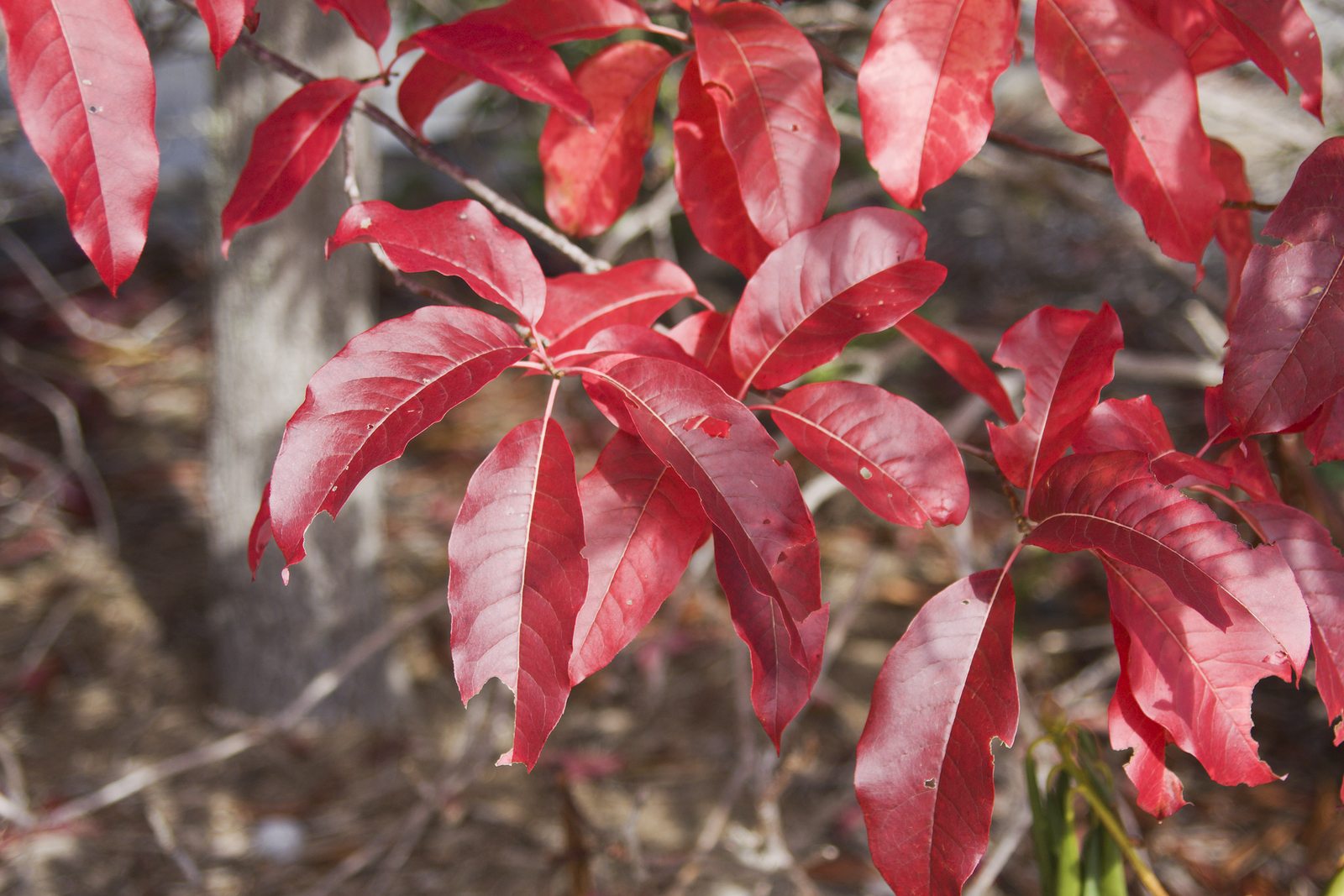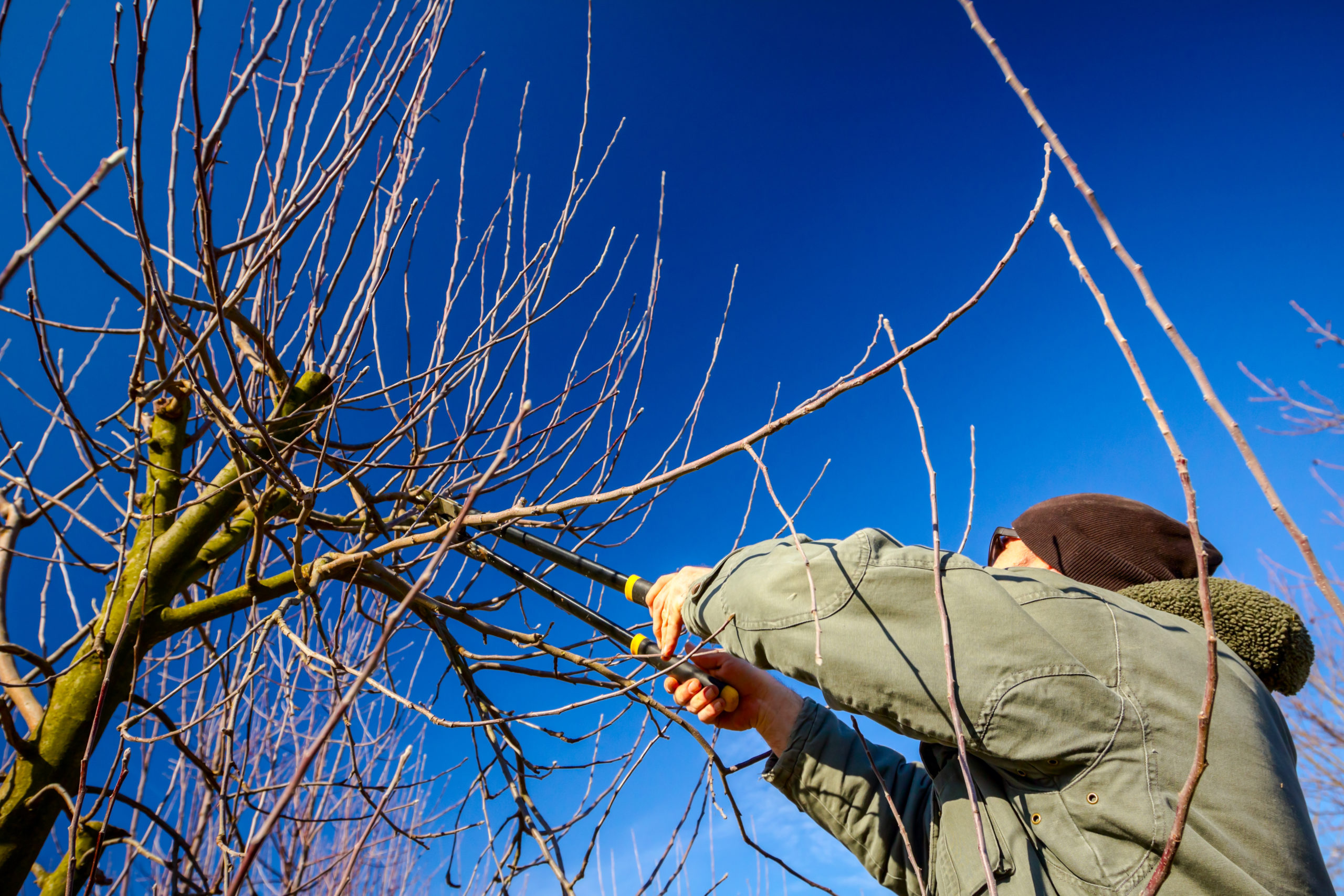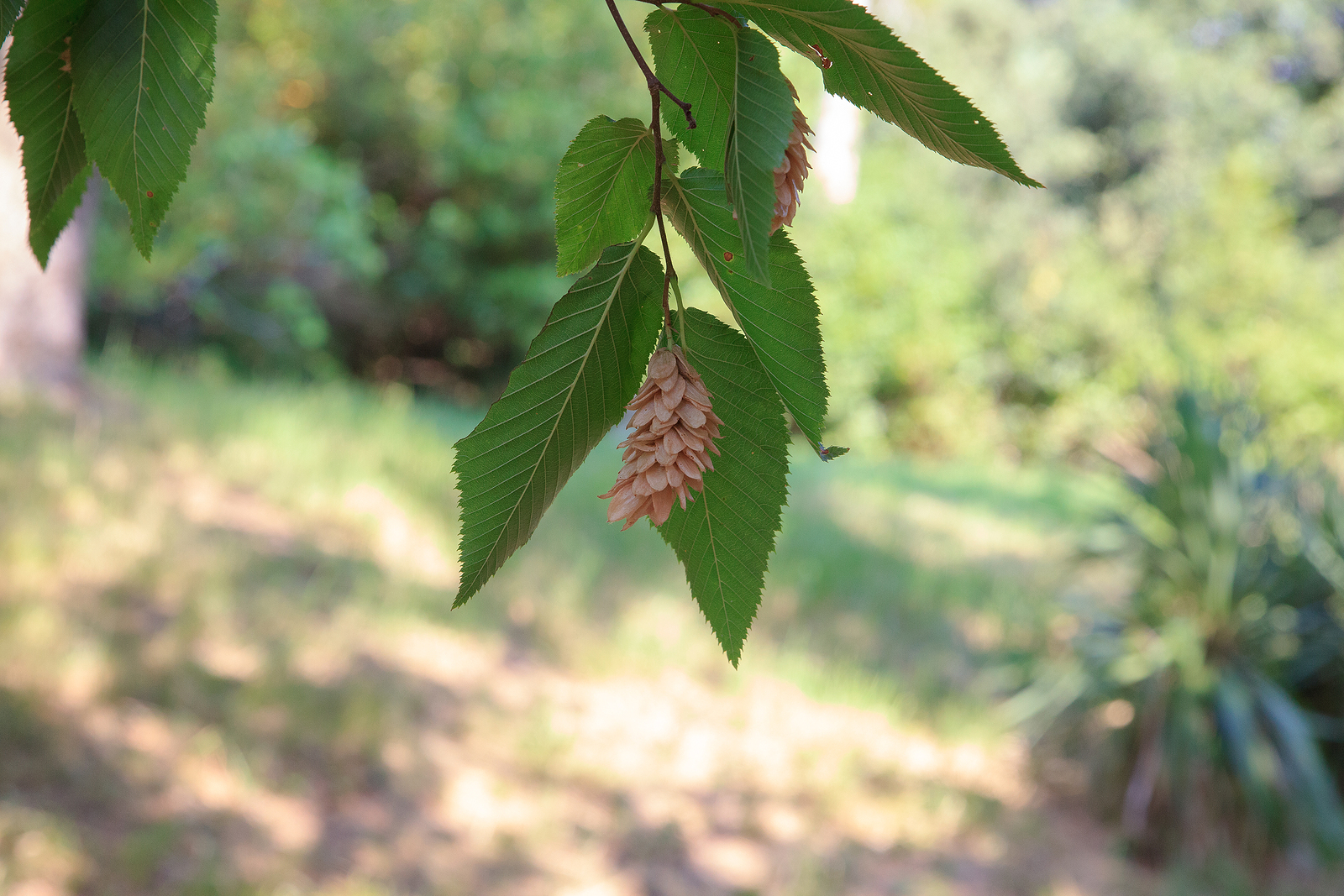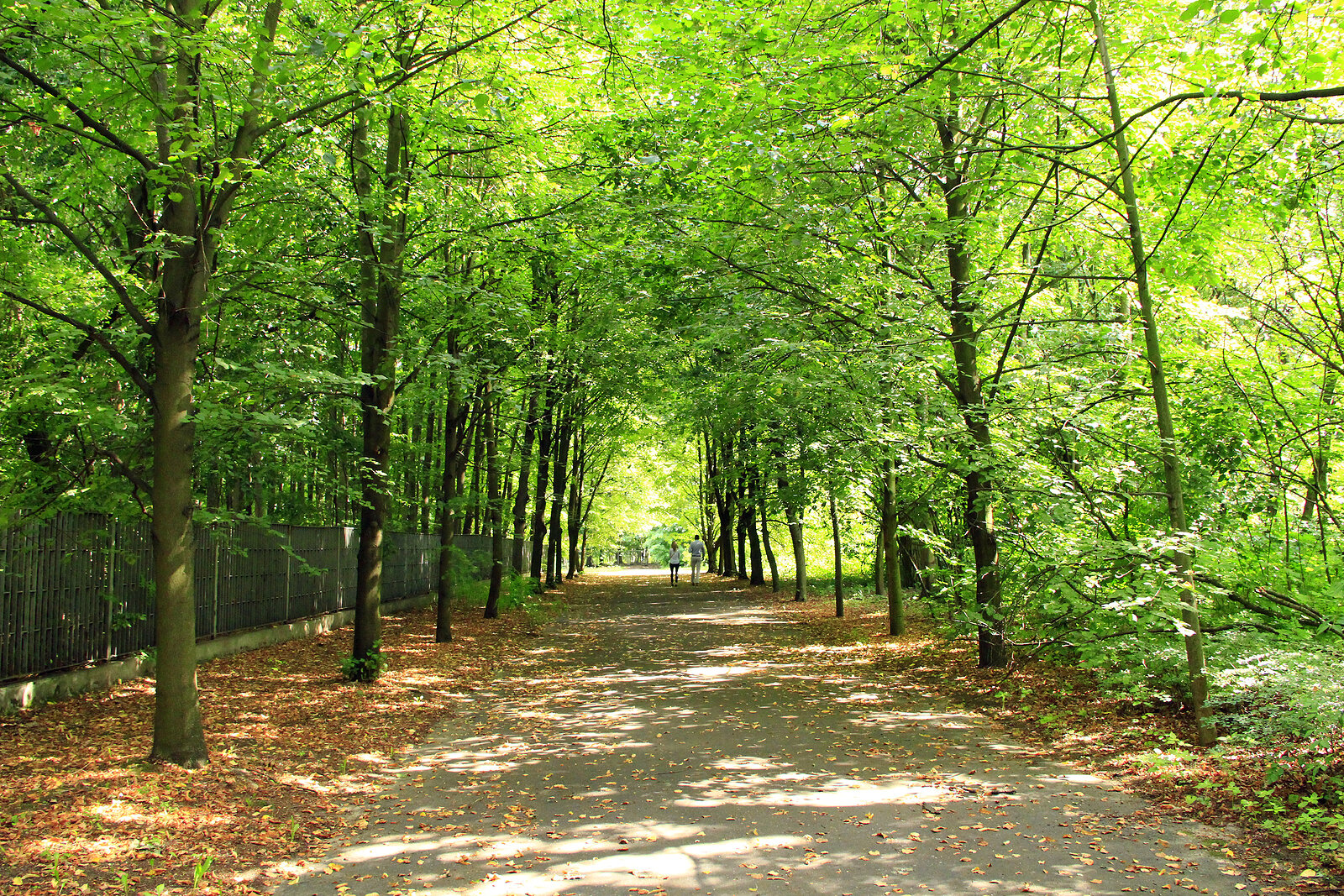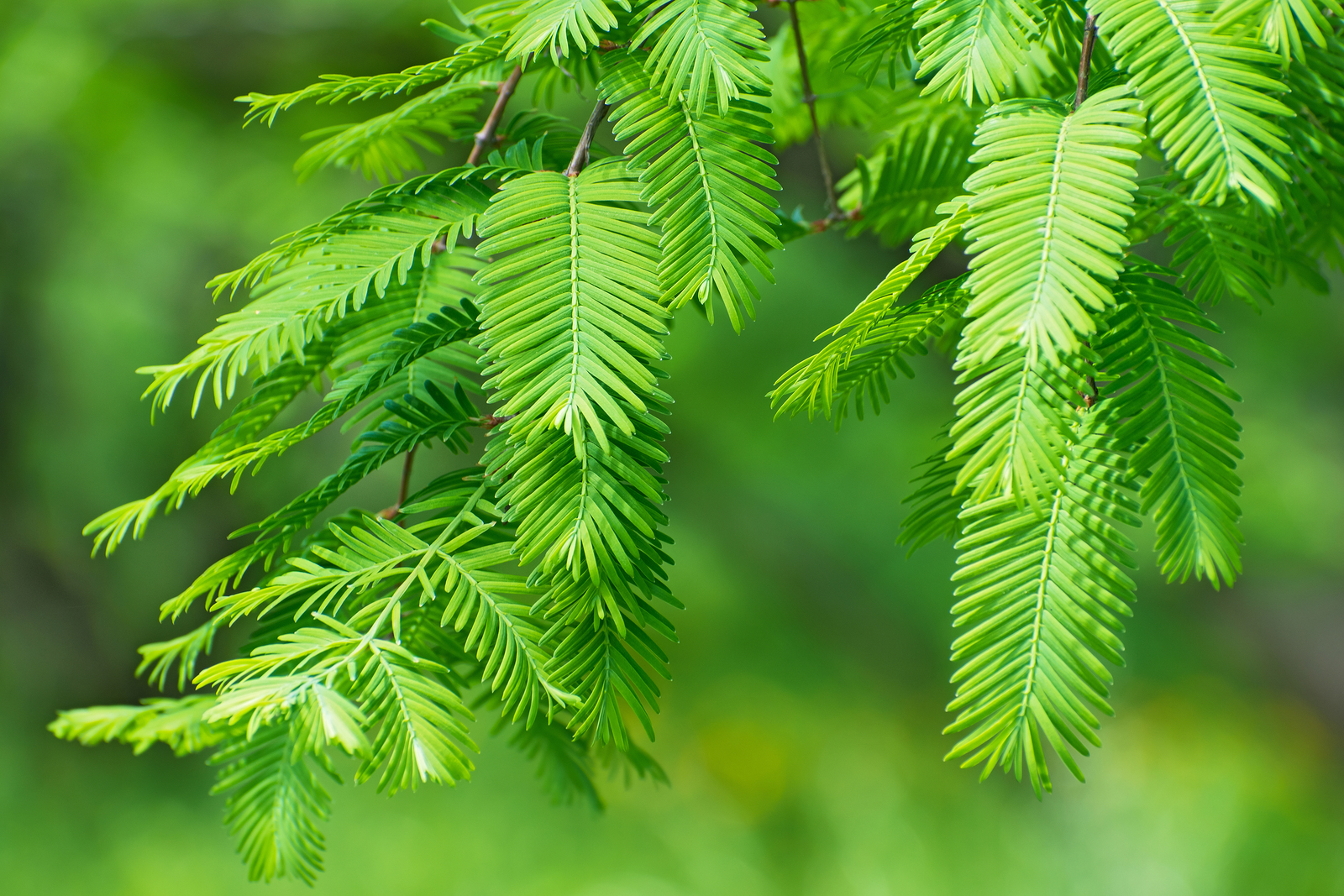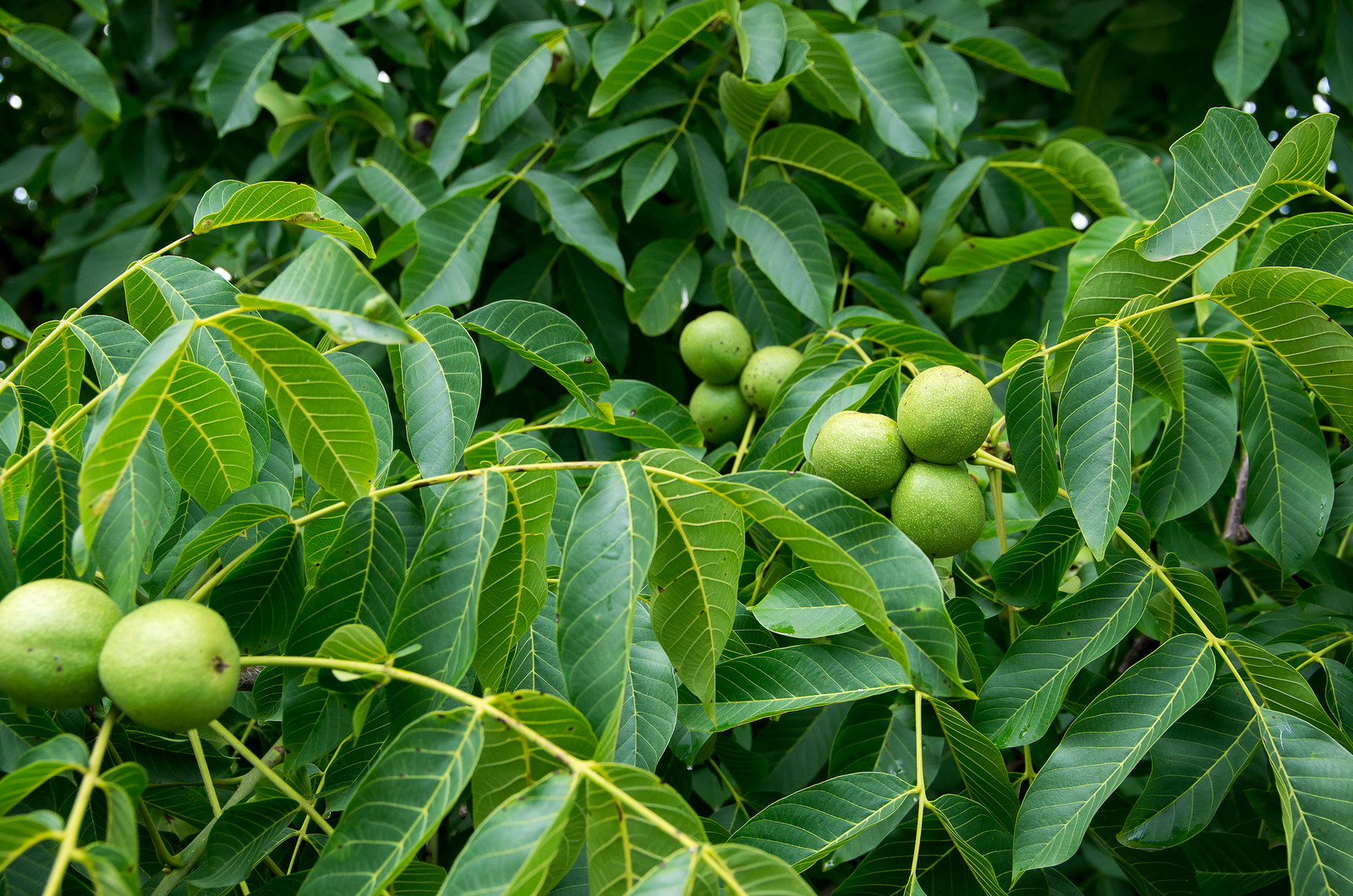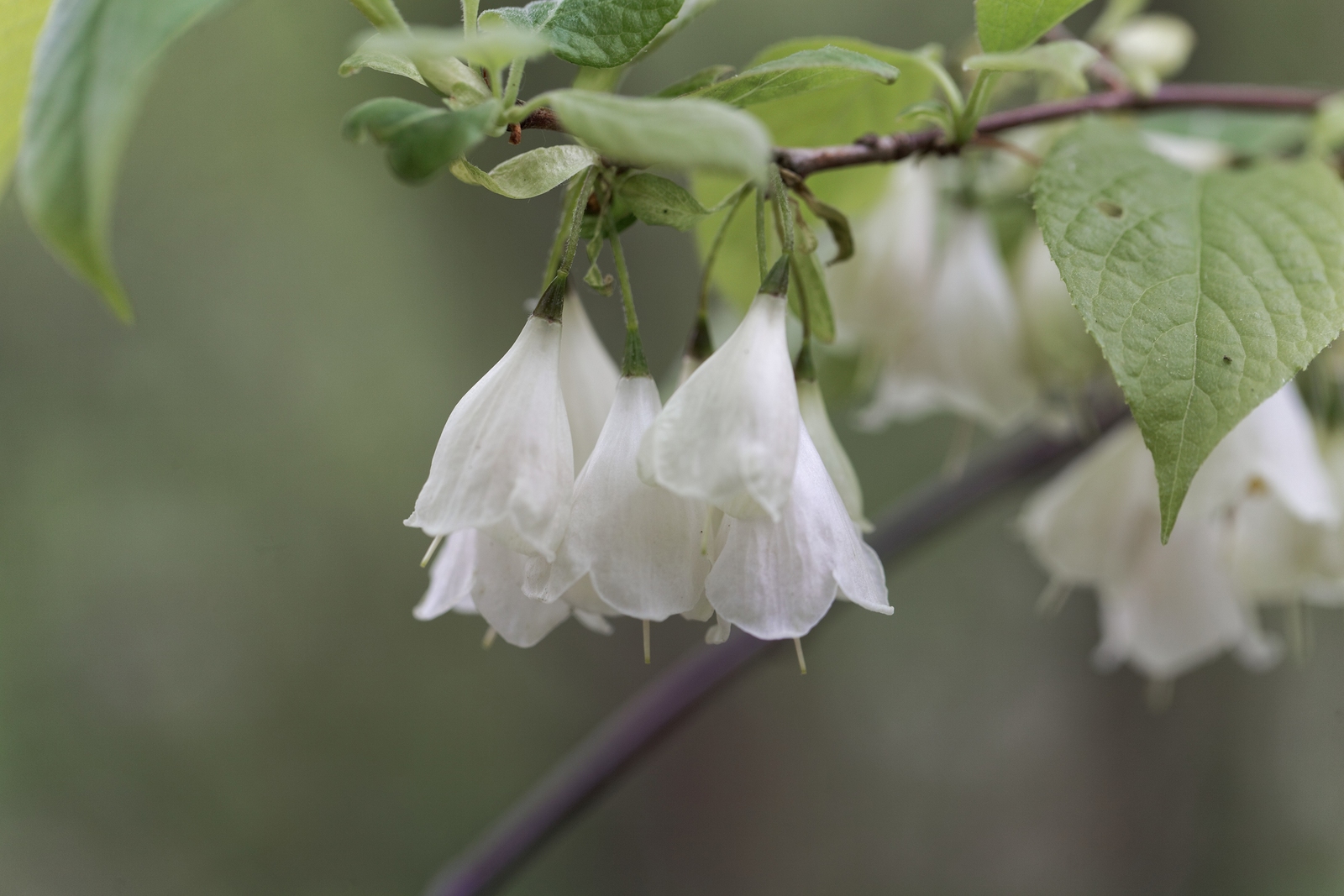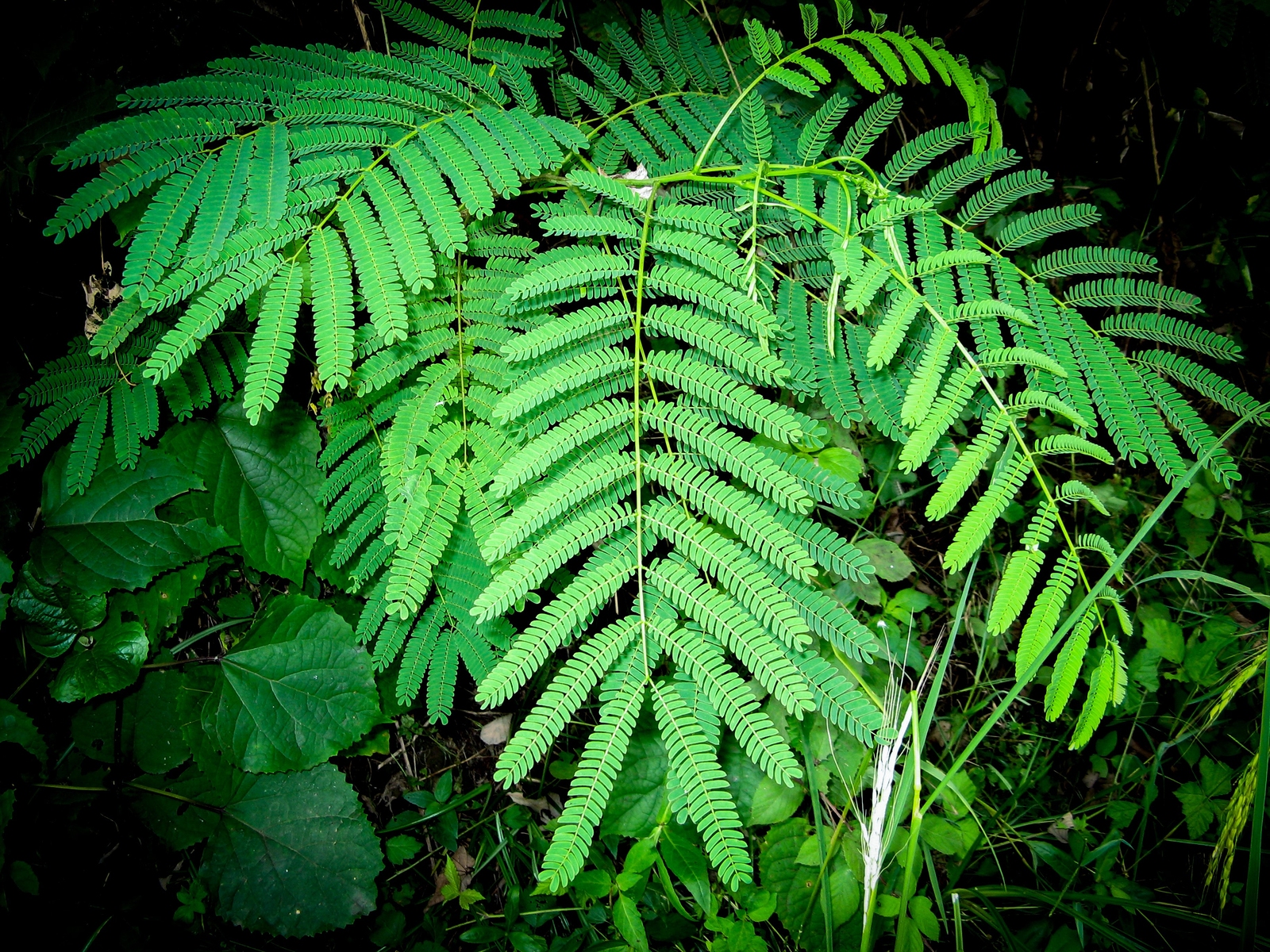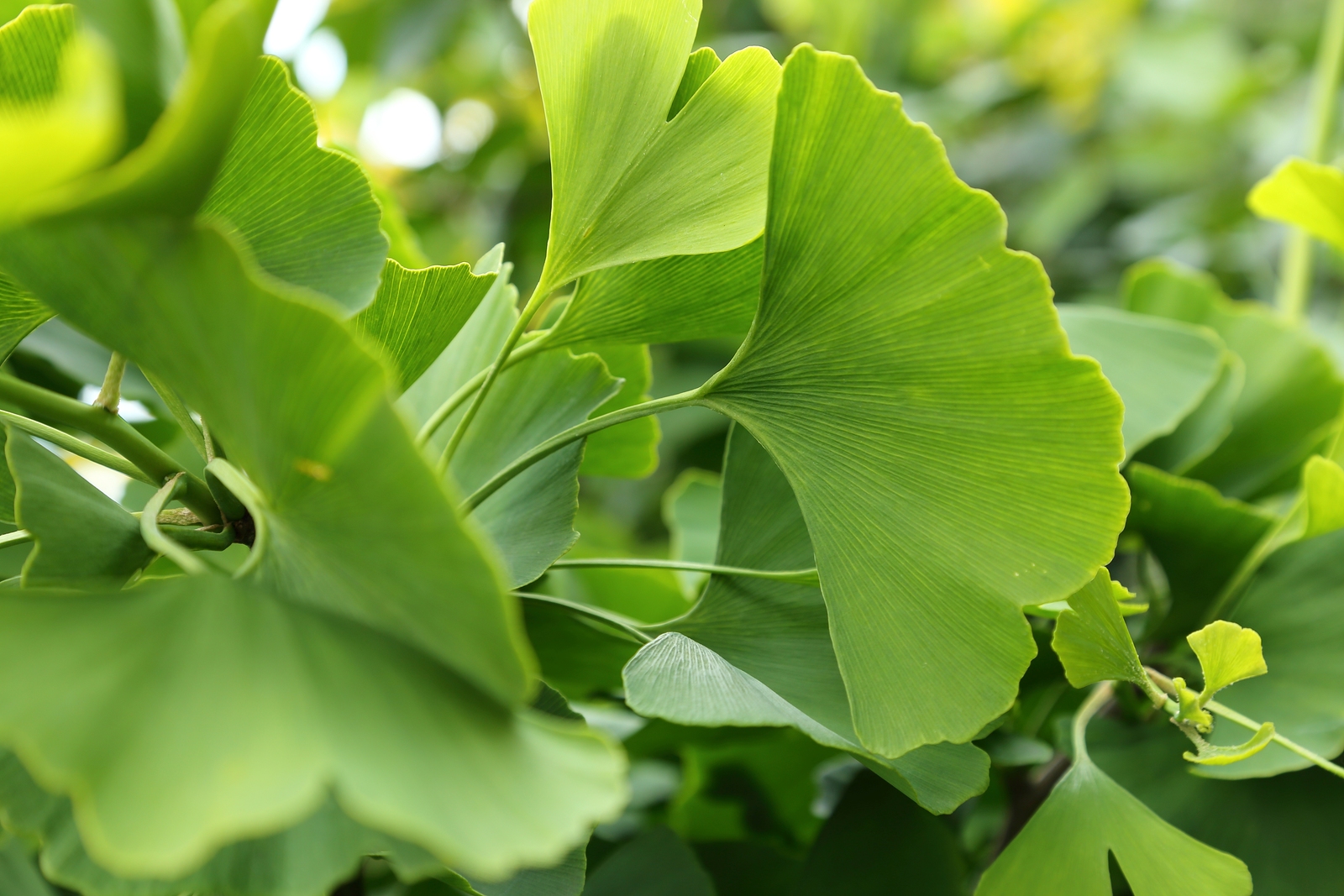How to Grow Sourwood – Oxydendrum
Sourwood, Oxydendrum, is a hardy, slow-growing deciduous tree also known as sorrel tree. Sourwood has thick, fissured bark, long slender, pointed leaves with a sour taste. Small white flower bloom on semi-drooping panicles. Sourwood is often planted as a background for the shrubbery border. Its bright, glossy green leaves turn a brilliant scarlet in fall. […] More

